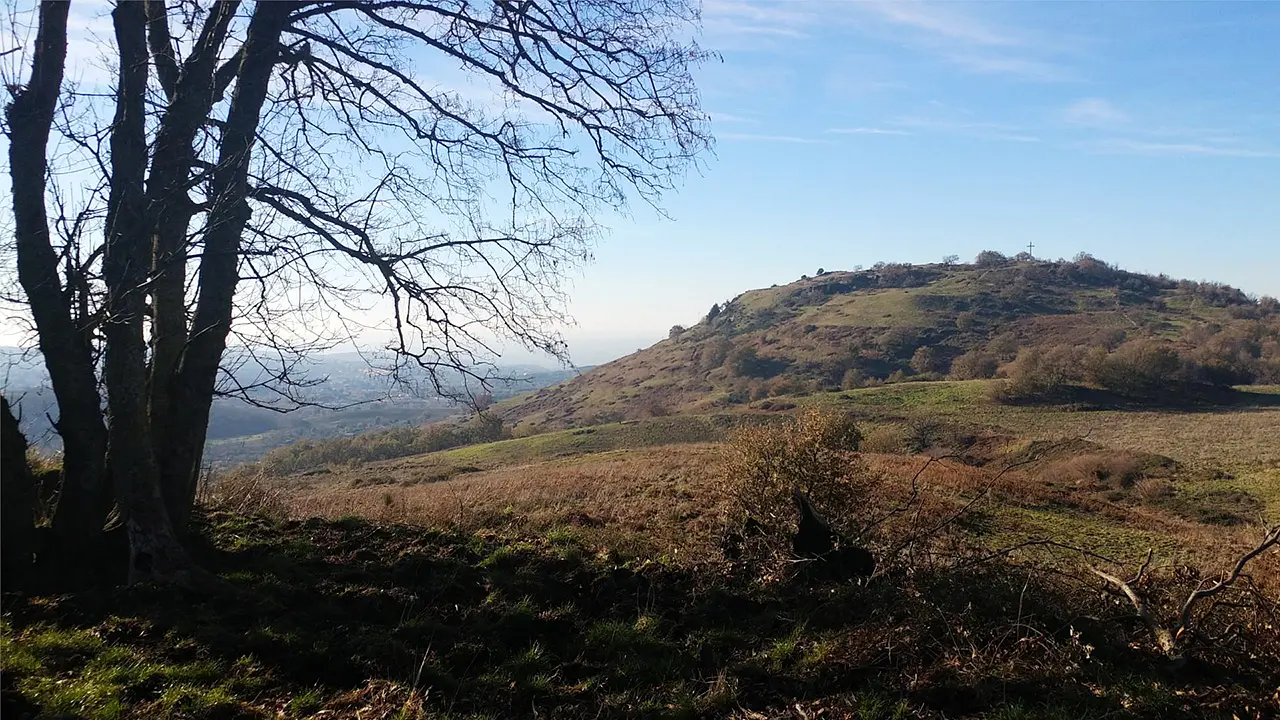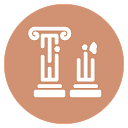SHARRYLAND


The Tusculum
Where Telegonus, son of Odysseus and the sorceress Circe, lived.



Where is

What it is and where it is
Tusculum is an exciting place, a strategic vantage point of the Latin Valley, a crossroads for men and goods from the earliest times. History seems to whisper through the archaeological finds, while the gaze sweeps across a fantastic panorama of the eternal city and the ancient volcano of Lazio. Legends and history vie to tell the story of a place where every tree, every bush, every rocky ridge, every artifact vibrates with a special energy that is difficult to describe. Poets, writers, ancient and modern travelers have found inspiration here.
Why it is special
Tusculum, remains a unique site in terms of atmosphere, scenic beauty, panorama and wealth of historical and archaeological finds. It also gives perhaps the most evocative and spectacular view of the city of Rome and allows you to enjoy the natural beauty of the Castelli Romani Regional Park.
Not to be missed
Not to be missed The evocative path that through a basolato street, called "dei sepolcri" (of the sepulchres ), winds along the remains of the forum buildings until it reaches the remains of the Theater. In the summer period, the Theater becomes a stage for evocative and important artistic and cultural performances. Imperative to sit even a few moments on the romantic lovers' bench in the shade of a majestic tree, overlooking the infinity.
A bit of history
Inhabited since the 10th century B.C. and coveted for its strategic location overlooking the entire valley below all the way to the Tyrrhenian Sea, Tusculum was a powerful center at the head of the Latin League, which opposed the overwhelming power of Rome. It then sided with it against the Equi and Volscians and, a few centuries later, became a popular destination for Roman aristocrats for their villas, a theater, an amphitheater, and a basilica. In the Middle Ages it came under the control of the counts of Tusculum. Tusculum was completely destroyed after repeated attacks in 1191 AD with the approval of Pope Celestine III and Emperor Henry VI.
Trivia
Not far from the top of Mount Tusculum, there was a concentration of quarrying of "Tusculum spur stone," a material widely used both in the Castelli Romani area and in the capital. This curiously named stone adorns churches, villas and important monumental buildings in Rome.
Enter the Map of Italy's Undiscovered Wonders and find treasures where you least expect it... Inspire, Recommend, Share...
Collections
The Map thanks:
Enter the Map of Italy's Undiscovered Wonders and find treasures where you least expect it... Inspire, Recommend, Share...
Where is

Collections

 Paladin
Paladin